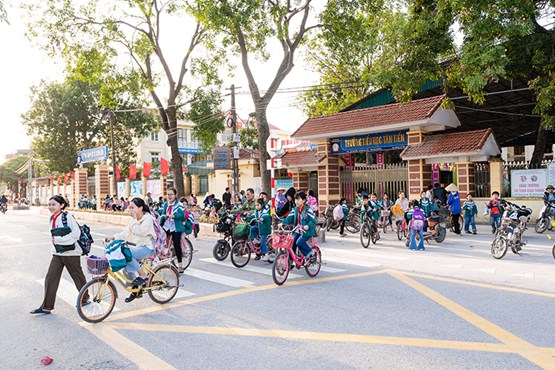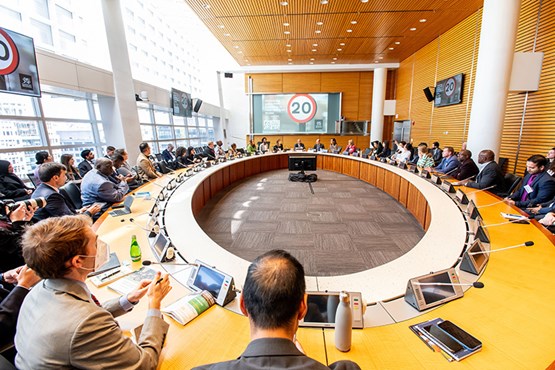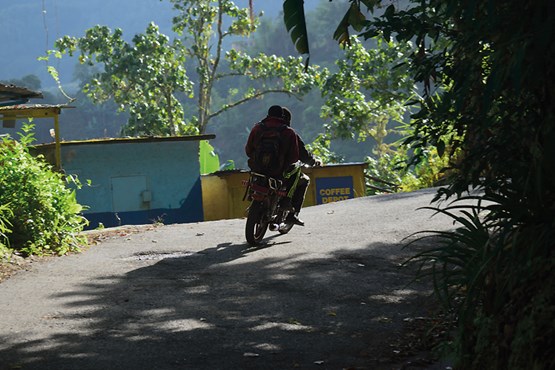Mobilizing for Impact: Hopkins, CHI, and FIA Foundation gather leaders to save lives
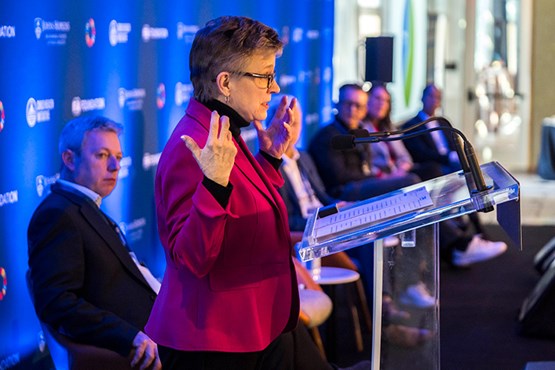
Road safety leaders and advocates from around the world gathered to discuss ways to address road safety in the US and globally by scaling up solutions across borders at an event hosted by the FIA Foundation, Johns Hopkins University and the Child Health Initiative.
The event, 'Mobilizing for Impact: Alliances to Achieve the UN Global Road Safety Goals,' followed the Transforming Transportation conference at the World Bank in Washington, DC. It highlighted data from the latest World Health Organization Global Status Report showing limited and unequal road safety improvements. Speakers, including several Child Health Initiative partners, discussed shared goals, activities, and experiences to achieve the goal of halving global road deaths by 2030.
Natalie Draisin, FIA Foundation Director, North America Office & United Nations Representative, highlighted the disproportionate toll of road traffic injuries in the US compared to other high-income countries. She said, "Across all income levels, among the countries with the largest populations, the US is the only one where deaths reached historic highs. But I am hopeful, because the USDOT adopted the safe systems approach, and it works. Countries with safe systems had the greatest reduction in fatalities over the past 20 years."
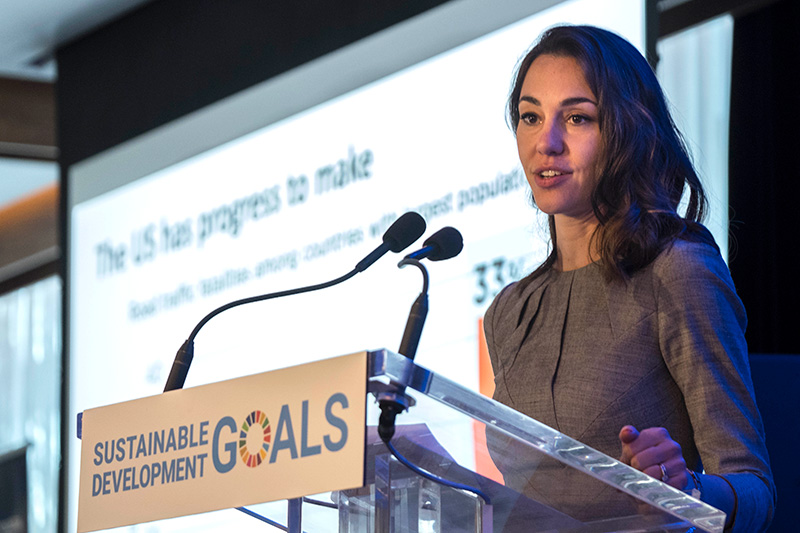
Road traffic injuries are the leading cause of unintentional and preventable death in those ages 4-21 in the US. One victim, 12-year-old Sammy Cohen, was killed by a speeding driver steps from his Brooklyn home. His mother, Amy Cohen, co-founded Families for Safe Streets and is advocating for Sammy's Law in New York City. Supported by the Child Health Initiative, the law would allow for 20 mph limits on the city's streets where children and traffic mix, in line with international best practice.
In her powerful keynote speech for the event, Amy Cohen said: "I find it so shocking how the US performs compared to nearly every other industrialized nation. We are more than twice as deadly in terms of per capita traffic deaths than Canada, four times that of most of Europe. And double the average of the 28 nations in the world with the highest income. It is an abysmal record and one we are pushing hard to change."
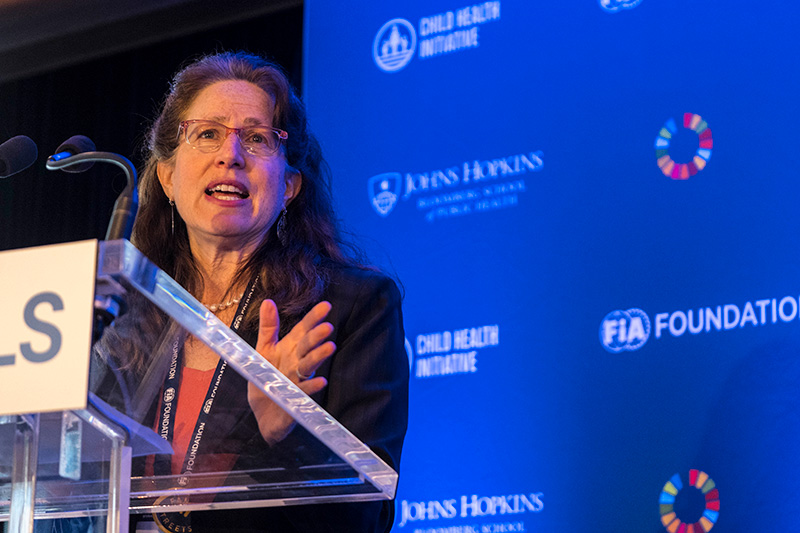
Dr Shannon Frattaroli, Director of the Johns Hopkins Center for Injury Research and Policy, and Dr Abdul Bachani, Director of the Johns Hopkins International Injury Research Unit, provided a public health lens and highlighted the imperative need for a safe systems approach in the US and worldwide. "We are shifting away from victim blaming, towards a system that prioritizes the need of our most vulnerable," said Dr Frattaroli, with Dr Bachani adding "we know what works, now we must implement it."
The first panel, 'Accelerating to 2030 – for Children and Climate,' highlighted the links between child road injury and climate and featured a US Department of Transportation (USDOT) 'Ally in Action' in implementing their National Roadway Safety Strategy, Vision Zero for Youth.
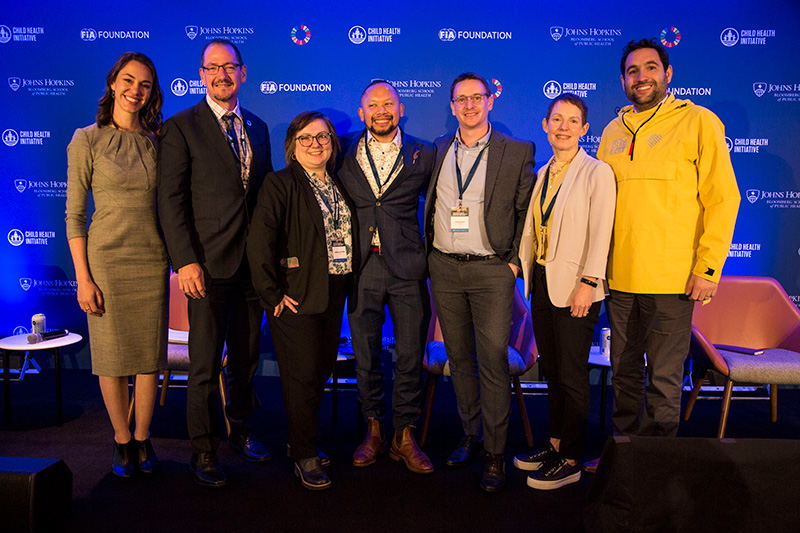
A second panel featured another USDOT Ally in Action, an Index that serves as a safety footprint, akin to a carbon footprint, with the power to revolutionize road safety throughout organizations. 'Driving change: organizational leadership in global road safety' brought together public and private sector speakers to showcase how to embed road safety into organizational best practices.

"Our partners do more with less, but the US has a unique opportunity to do more with more, thanks to the Safe Streets for All grants from the US Department of Transportation," said Natalie Draisin, concluding the event. "The latest funding round is still open. Whether it's implementing 20mph school zones or using an Index to transform safety at your organization and beyond, there are things we can do now. Let's use the resources at our fingertips to implement what works."
(Photo credit: Jeff MacMillan)

